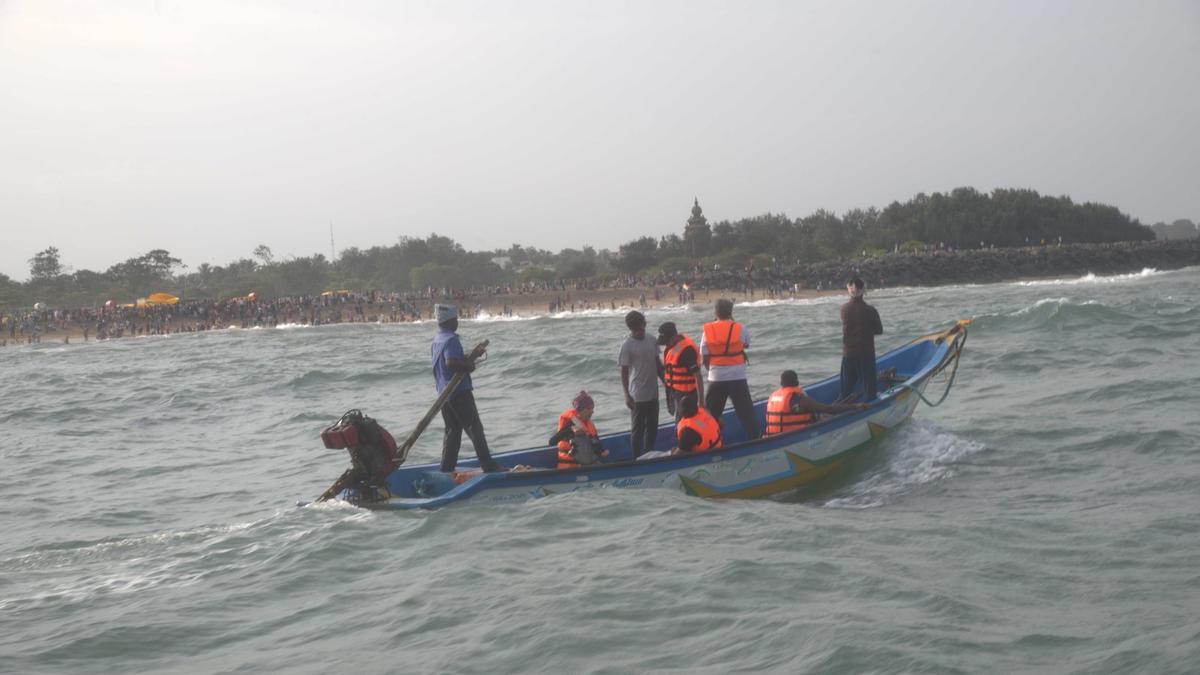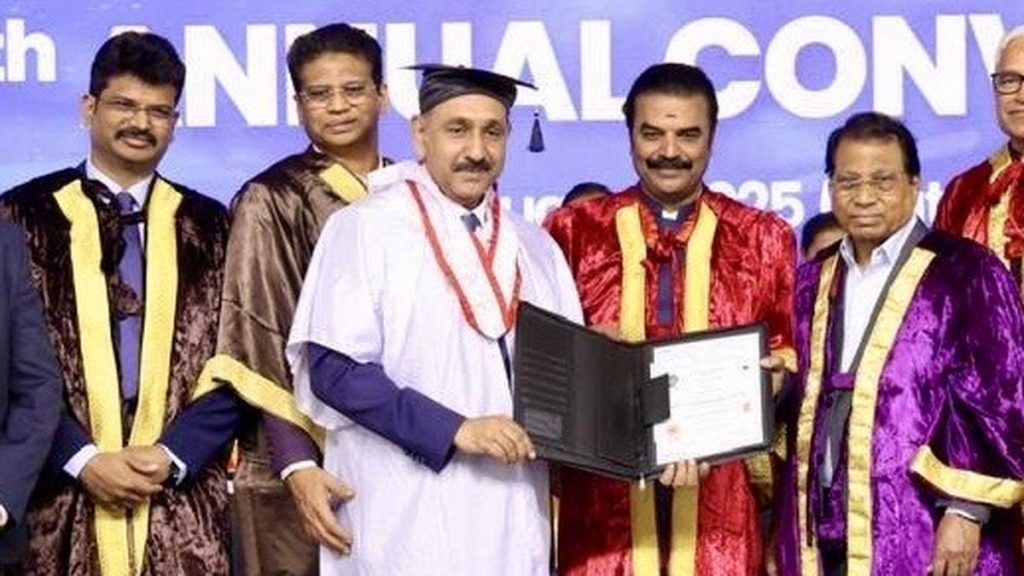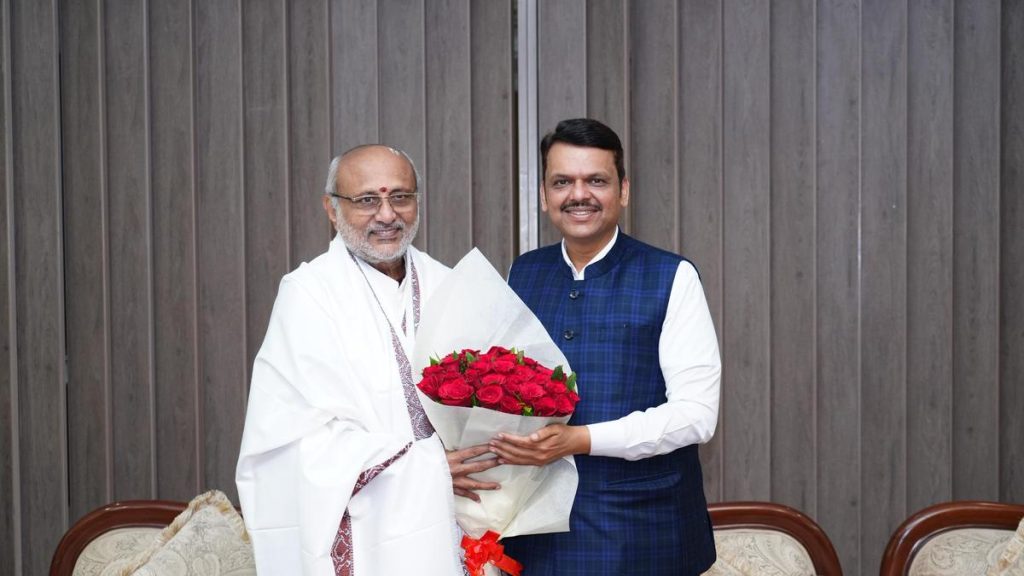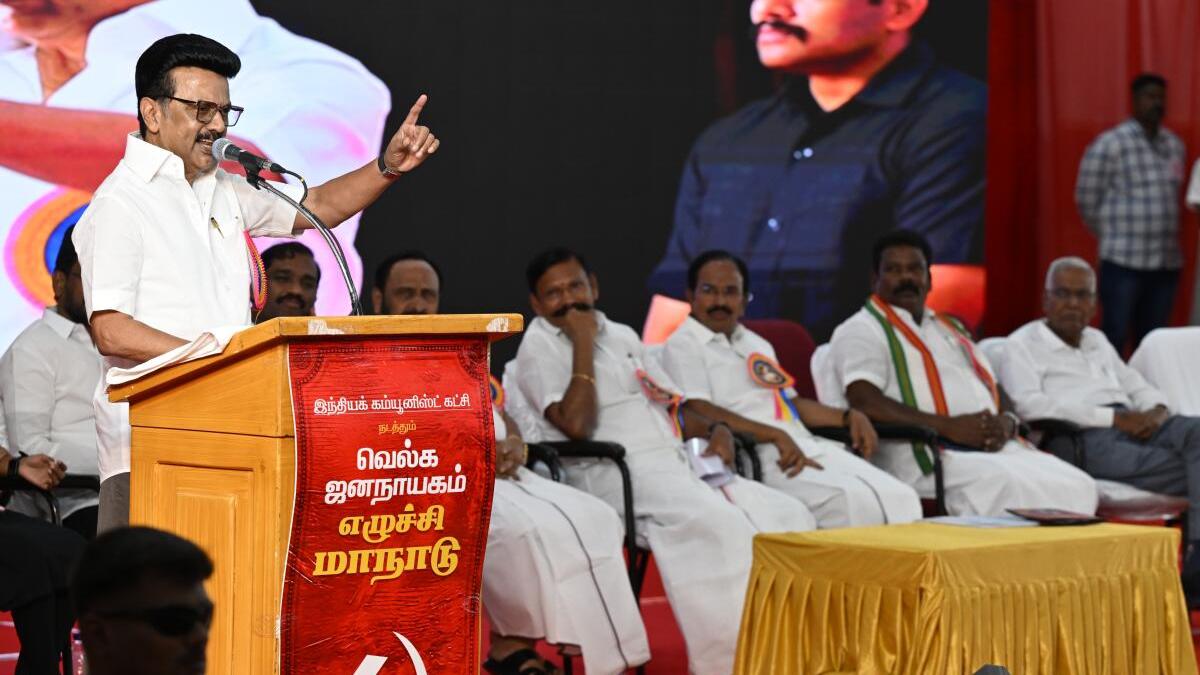Now Reading: ASI Resumes Underwater Archaeological Study Near Mahabalipuram After 20 Years
-
01
ASI Resumes Underwater Archaeological Study Near Mahabalipuram After 20 Years
ASI Resumes Underwater Archaeological Study Near Mahabalipuram After 20 Years

Swift Summary
- The Underwater Archaeology Wing (UAW) of the Archaeological Survey of India (ASI) has resumed underwater studies on submerged remains off the Mahabalipuram coast.
- Initial studies in 2001 and systematic excavations in 2004-05 revealed evidence of submerged structures, including walls and carved architectural pieces likely from ancient temples.
- Mahabalipuram, a UNESCO World Heritage Site, is renowned for its Pallava-period rock-cut monuments, temples, and sculptures (7th-8th century CE).
- The ongoing study uses a newly acquired Remotely Operated Vehicle (ROV) for high-resolution imagery and precise underwater exploration.
- Key personnel involved include Alok Tripathi (Additional Director General),Aprajita Sharma (Head of UAW),P.T. Nagarajan, Sanjay Kumar Sharma, and archaeologists from the ASI Chennai Circle.
- Union Minister Gajendra Singh Shekhawat highlighted the role of a woman diver guiding operations thru a post on X.
Indian opinion Analysis
the renewed efforts at Mahabalipuram reveal India’s commitment to preserving its submerged cultural heritage while advancing archaeological methodologies. The use of ROV technology signifies progress in ensuring both accuracy and sustainability in explorations without damaging historical evidence.
Mahabalipuram’s dual importance-as a monumental site above ground and potentially rich underwater-holds research value as well as potential for boosting heritage tourism. Further discoveries might clarify long-standing legends related to this region’s history under the Pallava dynasty. In this very way explorations continue unveiling stories “beneath the waves,” they align with India’s broader goal to document and conserve its tangible historical legacy comprehensively.

























